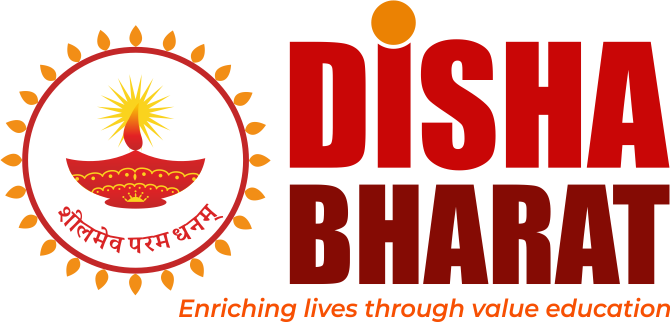
Parsvakonasana is a part of the primary series of Ashtanga yoga and key components of other styles of yoga. The name comes from the Sanskrit, parsva, meaning side or flank, kona, meaning angle, and asana, meaning posture. The parsvakonasana poses both require balance and flexibility. Yoga Journal claims that the practice of this asana improves and strengthens the legs, knees, and ankles. Twisting is a way to cleanse and reduce stress within the abdominal area. By incorporating this pose into practice, concentration, balance and stamina improve greatly.
- Tadasana: Stiti: Legs together, hands by the side of the body, spread toes press it on the ground, tighten ankles, tighten calf muscles, tighten thighs, now exhale suck the abdomen, inhale and expand chest. Eyes closed face smiling. Now gently as you inhale take your right leg upto 3 to 3 ½ feet apart.
- As you exhale –turn the right leg 90 degree and left leg 45 degree. Further exhale bend your right knee and place right palm on the ground, left palm on the left thigh.
- Inhale lift your left hand above the head as the biceps touch ears- look left palm-hold to the posture to the count of 10 with normal breathing.
- As you Exhale-release left hand, Inhale-straighten the right leg.
- Further inhale-straighten foot and as you exhale- come to tadasana and relax in sitila tadasana.
Benefits and Limitations of the asana:
Standard Benefits: Physical Level:
Strengthen legs, calf muscles, knees, thighs, shoulders, strengthen spine and spinal columns, activate function of abdominal organs
Standard Benefits: Mental Level:
Improves will power, confidence, concentration, intelligence, memory power etc.,
Specific benefits:
Expands the thorax, prevents backpain, strengthens knee and thigh muscles, stimulates intestinal peristalsis.
Standard Limitations
People suffering hypertension and hypotension, any surgery, slip disc, ladies menses period, pregnant ladies should avoid the asana. People with heart problems, arthritic problems avoid the posture
